The Optical Heritage Museum, Southbridge, Massachusetts
The Optical Heritage Museum is easy to miss, tucked away inside the nondescript 12 Crane building.
Flatiron Building and 12 Crane Building, Southbridge, Massachusetts
It is in the historic district, behind the Flatiron Building, circa 1879, where locals and visitors in the know gather at Sturbridge Coffee Roasters for one of the best freshly ground coffee around. Stop for a cup and proprietor Elvis Dyer will point you in the right direction.
Elvis Dyer, Sturbridge Coffee Roasters, Southbridge, Massachusetts
The museum is a hidden gem brimming with local history. It is staffed by people who worked at or have links to the American Optical Company and have stories to tell.
Dick Whitney worked there when its last division closed in the late 90s and now works in a Main Street office for ZEISS, which markets American Optical lenses.
Dick Whitney, Optical Heritage Museum, Southbridge, Massachusetts
He realized the importance of saving artifacts from the company’s 150 year history and when the plant was facing demolition stored things left behind until a proper place could be found.
Optical Heritage Museum, Southbridge, Massachusetts
Whitney, now curator of the Optical Heritage Museum, showed us the collection which has expanded with donated artifacts. He began with American Optical’s Lensometer, first sold in 1921, which uses telescopic lenses to measure distant vision.
It set the industry standard for accuracy in measuring the correct eyeglass prescription with principles still used today.
The company is best known for its rapid growth producing precision ophthalmic lenses, cylindrical and compound lenses, and full-view frames and bifocals.
volunteer Rumsey Smithson by a fiber optics display, Optical Heritage Museum, Southbridge, Massachusetts
It was through Whitney and volunteer guide Rumsey Smithson that we came to understand more about the impact of American Optical not only on vision but on American history, as well. Whitney has two websites, www.opticalheritagemuseum.org and dickwhitney.net, where he chronicles AO’s contributions to “ophthalmic instruments, eyeglass frames, safety eyewear, fiber optics, contributions to WW1, WW2, Korea, Vietnam, Desert Storm, instruments, medical devices, and Todd-AO movie projection and sound.”
Eyeglass frames were once made in Europe of gold or silver and sold by jewelers. When the War of 1812 cut off European supplies, American jewelers began to make their own.
William Beecher display, Optical Heritage Museum, Southbridge, Massachusetts
William Beecher, who apprenticed in a jewelry store in Providence, Rhode Island, opened a jewelry store in Southbridge, Massachusetts in1826 and set up a spectacle shop on the second floor. He began making coin silver spectacles in 1833, which is considered the founding year of AO. In 1839 Beecher crafted the first thin steel spectacle frames in America.
Steel-framed spectacles were more affordable and soon outsold the rest. Beecher expanded and competitors opened shops nearby. Southbridge became a center of American spectacle-making and was known as the “Eye of the Commonwealth.”
Beecher’s apprentice, Robert Cole, went on to buy his own company. He hired a talented apprentice, George Washington Wells, who was soon inventing new machines and production methods.
When Cole refused to raise Wells’ pay Wells invested in part of a competitor’s business. The two eventually merged in 1869, creating American Optical Company.
main doorway, American Optical Company, Southbridge, Massachusetts
By 1879 Wells, 33, had a controlling interest in American Optical. His advances in lenses and ophthalmic instruments built the company into the largest optical company in the world.
Wells bought a former textile mill with water rights on the banks of the Quinebaug River for the main plant. It grew to 17.5 acres of floor space in 36 connected buildings. George Wells was awarded many more patents and his three sons — Channing M., Albert B “A.B”., and J. Cheney Wells joined the company.
American Optical Building, Southbridge, Massachusetts
AO’s divisions made eye examining instruments, camera lenses, astronomical instruments, satellites and military optical instruments like missile tracking devices. They also made microscopes, medical devices, and related instruments.
One display at the museum features original reels from the film “Oklahoma.” The 1950s AO-Todd (as in Mike Todd, third husband of Elizabeth Taylor) film projection project created a high-resolution wide-screen 70 mm format for movies like this and “Around the World in 80 Days” to compete with Cinerama.
There are glamorous frames to see and evidence of celebrity appeal.
A picture of Princess Diana in AO’s safety goggles is on display.
Princess Diana with American Optical glasses, Optical Heritage Museum, Southbridge, Massachusetts
An order for three pairs of glasses for President John Fitzgerald Kennedy that arrived the day he was assassinated is also exhibited.
order for glasses for President John Fitzgerald Kennedy. Optical Heritage Museum, Southbridge, Massachusetts
AO also pioneered research in fiber optics. A plaque across the street from the hotel commemorates the first optical fiber laser and amplifier, developed by Elias Snitzer and colleagues in 1961 in the former American Optical complex and allowed messages to cross oceans without interruptions. Will Hicks, known as the Father of Fiber Optics, came to AO in the 1960s to code and decode messages for the CIA. The U. S. government later funded research for practical applications for fiber optic technology.
sunglasses, Optical Heritage Museum, Southbridge, Massachusetts
Commander Neil Armstrong and the rest of the Apollo 11 crew wore AO’s Original Pilot Sunglasses when they landed on the moon in 1969. Armstrong’s sunglasses are on display at the Smithsonian Air and Space Museum in Washington, DC
After returning home we went to Whitney’s and other websites like AOEyewear.com to read more about what we had seen. We learned that American Optical built mobile optical labs and supplied over 2.5 million pairs of glasses to the U.S. troops and Allied Forces in Europe throughout World War I. During World War II AO supplied millions of aviation goggles, sunglasses, and pairs of lenses as well as precision optics like aviation gun sights and bombsights.
Monoplex Artificial Eyes, American Optical Museum, Southbridge, Massachusetts
AO created the Monoplex Plastic Artificial Eye Division to fill the wartime demand for unbreakable artificial eyes and became a training center for oculists. The company was given the Army-Navy “E” Award for its role in national defense.
Much of the success was a result of hiring exceptional talent like Edgar “Doc” Tillyer, a top scientist in the field of optics, who headed research laboratory. Tillyer was granted over 150 patents for improving and protecting vision, including a lens design that corrected for aberrations right to the edge of the lens. During World War II he helped the Allies win the war with his work on night vision, a technology later used for the production of television, and worked on the development of atomic bomb. In 1953 the Optical Society created Edgar D. Tillyer Medal in his honor.
Dr. Anne Estelle Glancy, American Optical Museum, Southbridge, Massachusetts
Dr. Anne Estelle Glancy, a former astronomer and mathematician, was hired to work with Tillyer. She, too was awarded many patents, including work on vision measurement, camera, telescopic, and military lenses, and in 1924, on progressive lenses. Tillyer, inspired by Glancy’s auditory impairment, invented a device to improve hearing.
American Optical became a publicly traded company on the New York Stock Exchange in 1951.
As foreign competition grew, division after division was sold or closed and manufacturing moved to places like Mexico. American Optical lenses are now marketed by Zeiss, which is now a sponsor of the Optical Heritage Museum.
Southbridge was economically devastated when American Optical ceased local operations. The plant remained vacant for two decades until the town won a government grant to build an $84 million state-of-the-art technological conference facility in the former main plant. The Department of Defense signed a twenty year lease to use it as a training center.
marble fireplace at the Southbridge Hotel preserved as part of the American Optical building
American Optical’s historic clock-tower, facade, elegant foyer, and marble stairway were painstakingly restored in tribute to AO’s history. The Southbridge Hotel and Conference Center was designed with added amenities for the comfort of Defense Department workers during nearly two-week stays.
The 24,000 square feet of meeting space is one of the most technologically advanced around and is staffed with onsite audiovisual technicians.
It opened in 2001 with 203 spacious and well-appointed guest rooms, a 4,800 square foot ballroom, and a 250 seat auditorium. The health club includes an indoor pool, hot tub, sauna, steam room, racquetball and basketball courts, and the latest fitness equipment.
Guest rooms and conference spaces facilities are available to the public when not being used by the Department of Defense. Use of pool tables, dart games and building-wide wifi is included.
For information on current promotions check the Southbridge Hotel website or call the hotel at 508-765-8000.

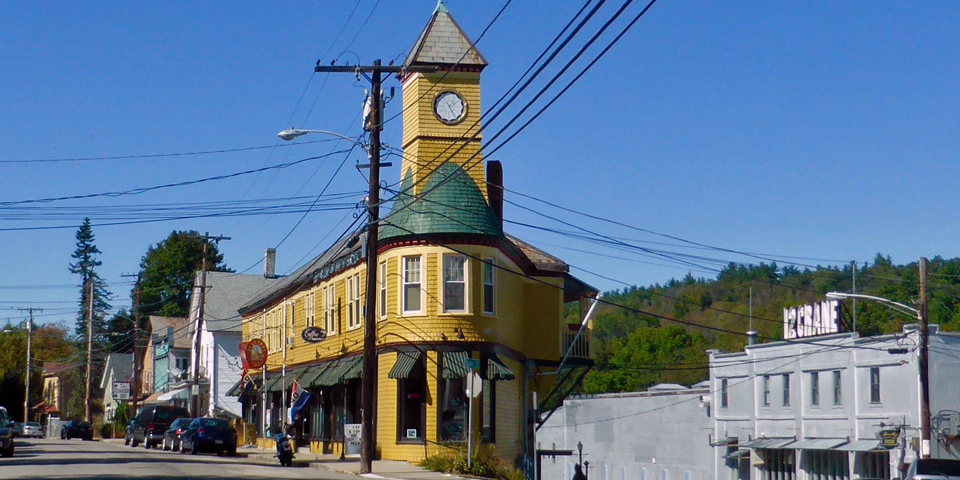
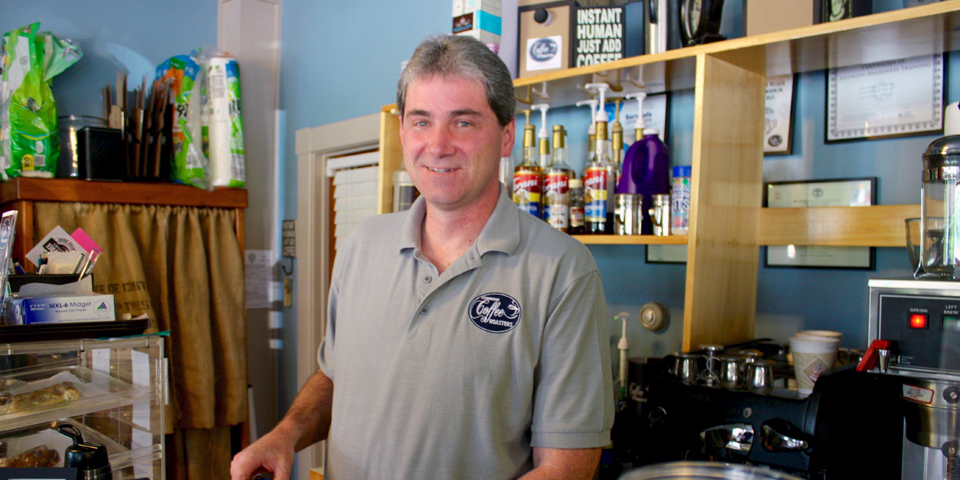
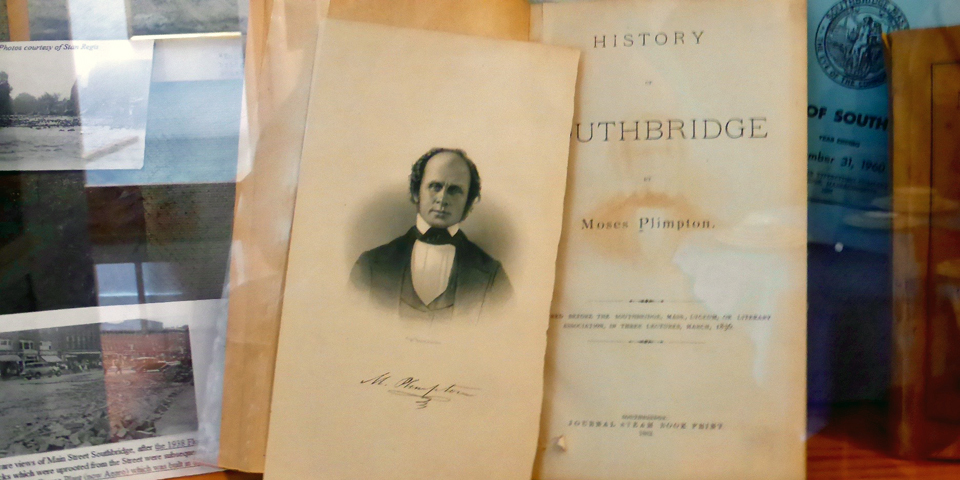
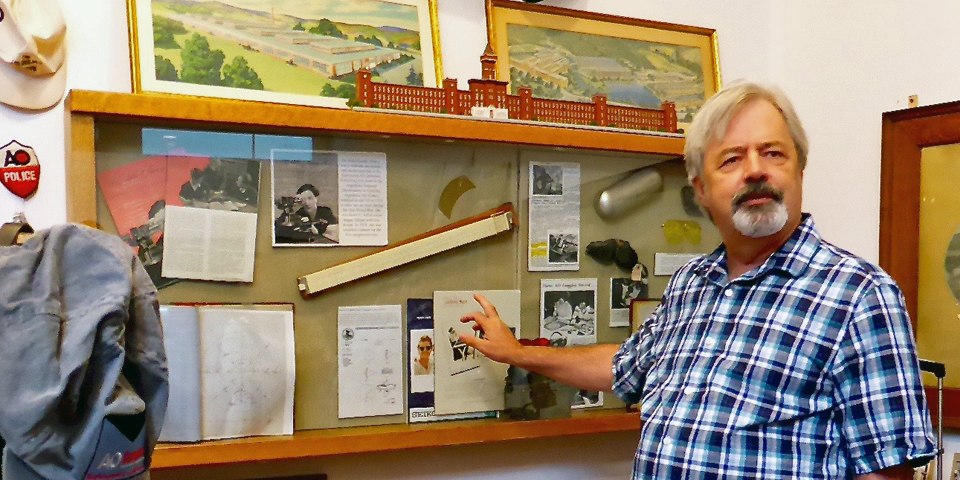
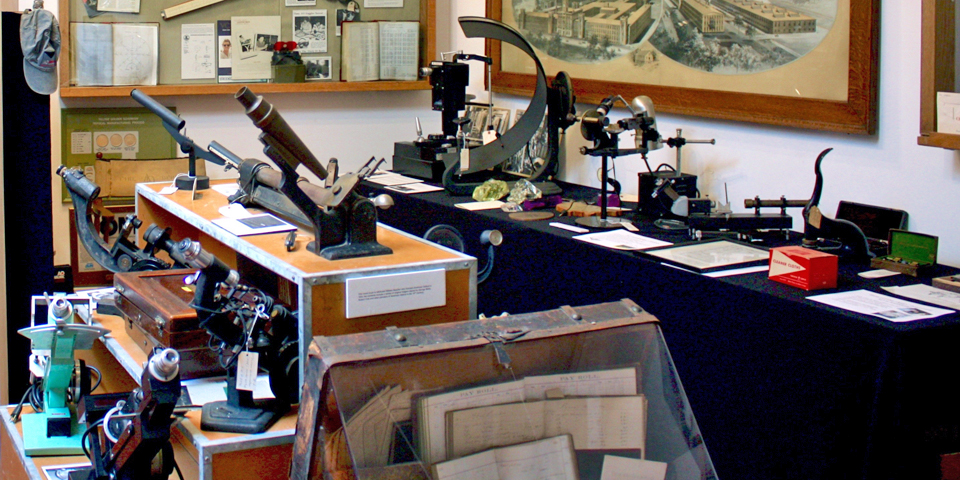
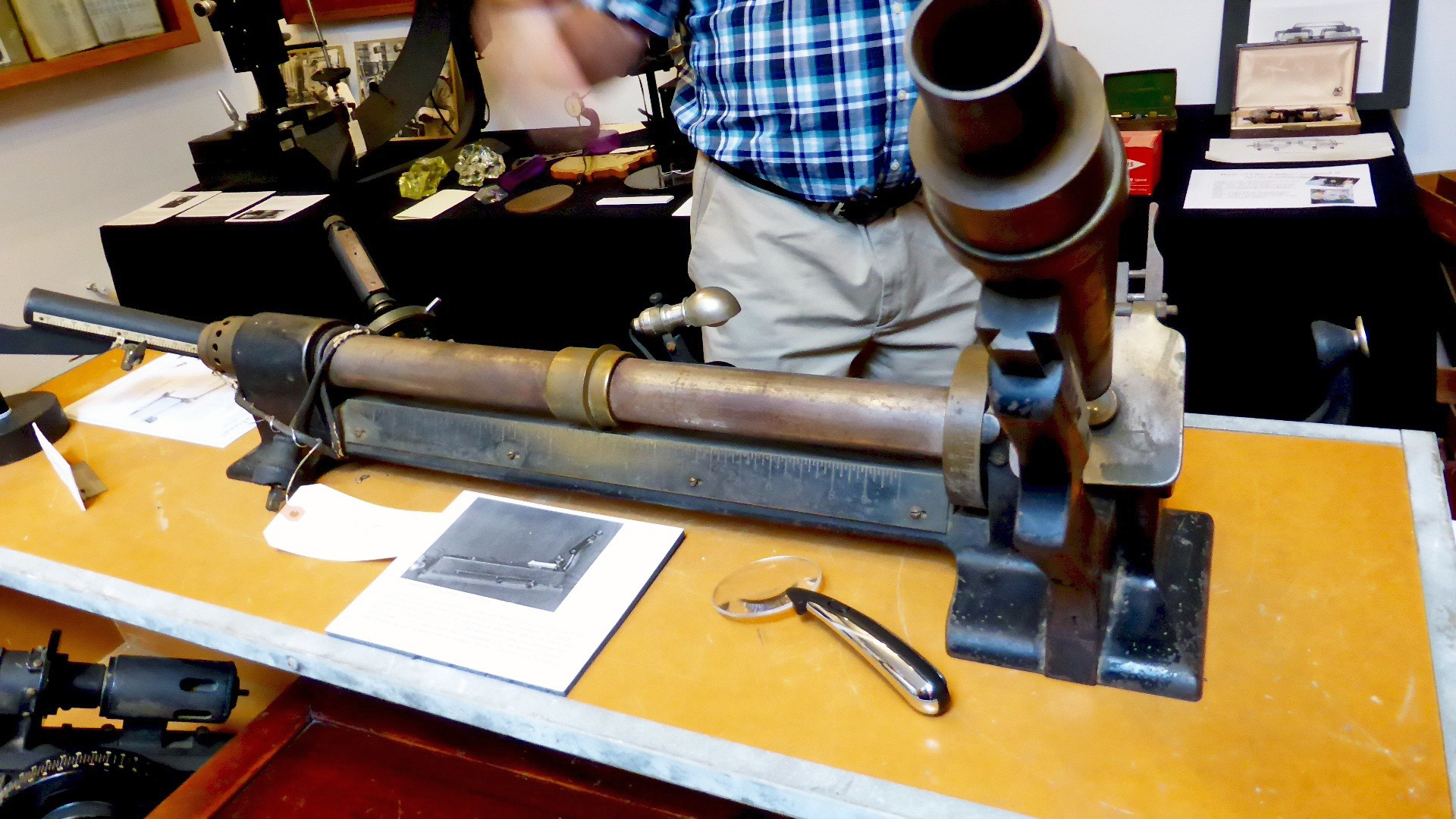
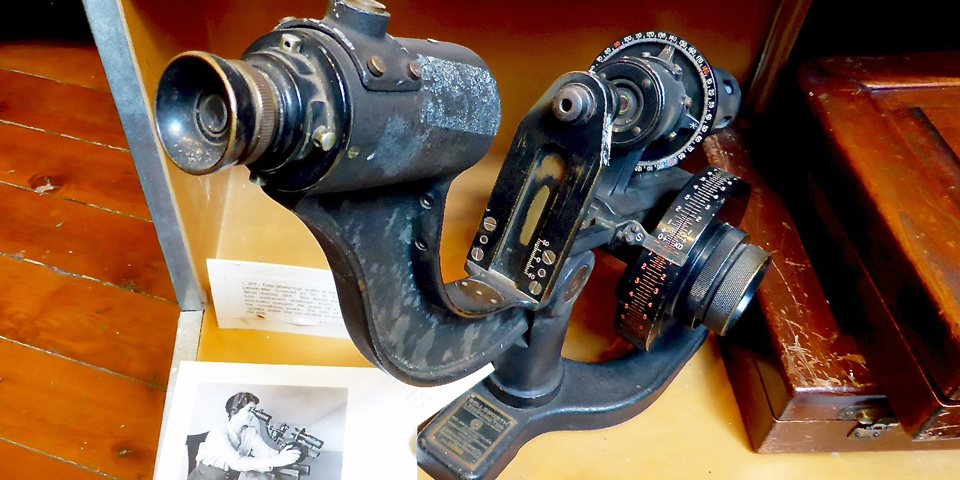
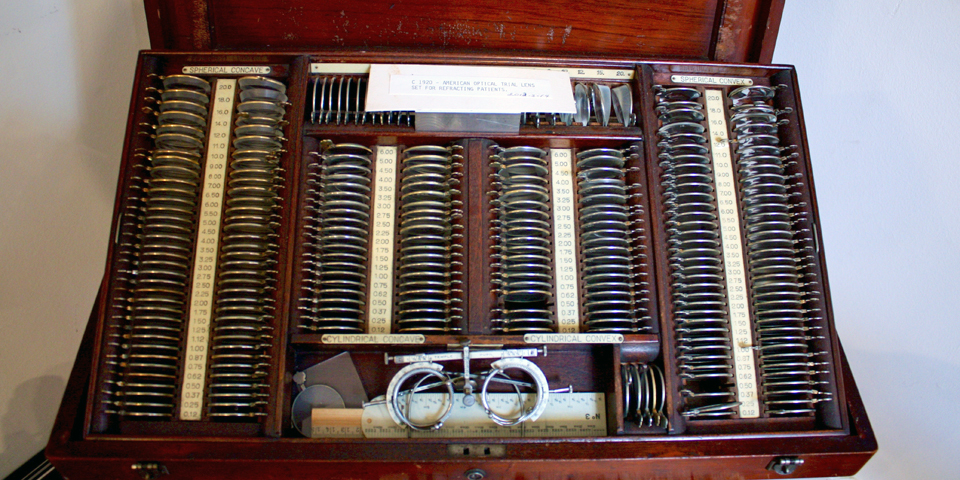
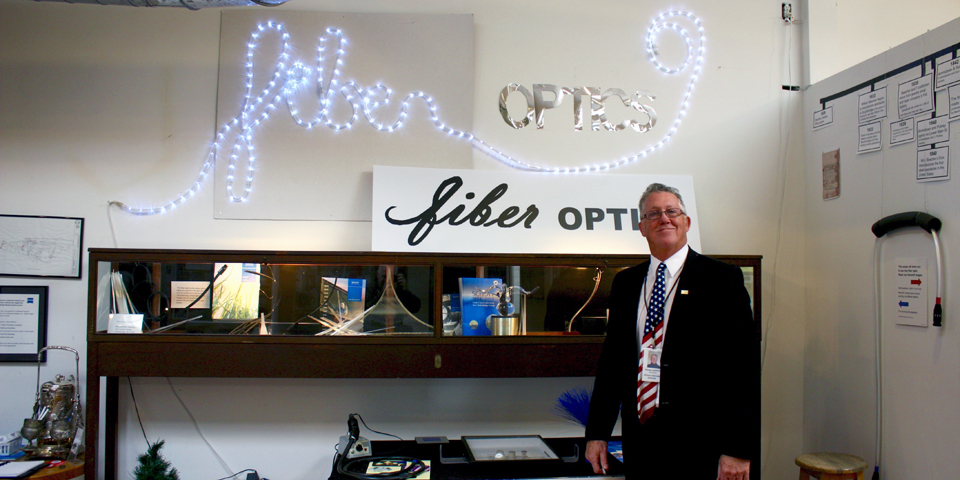

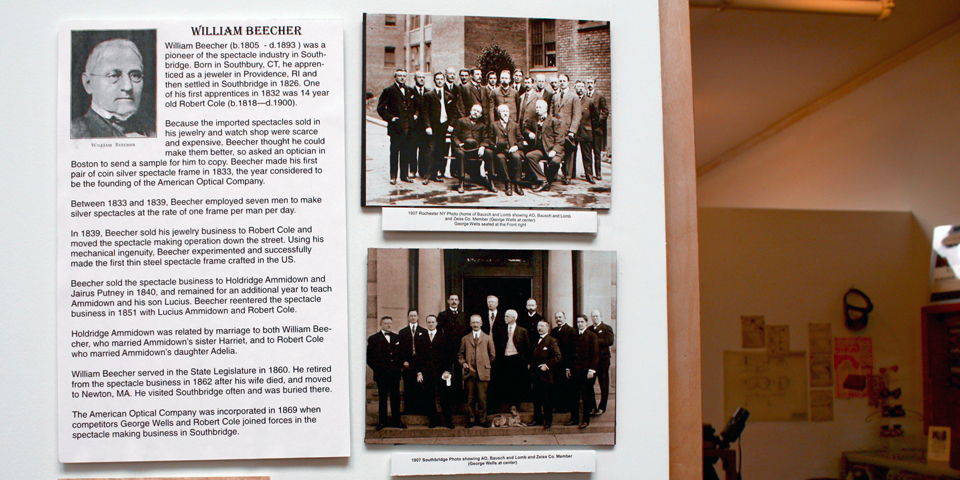
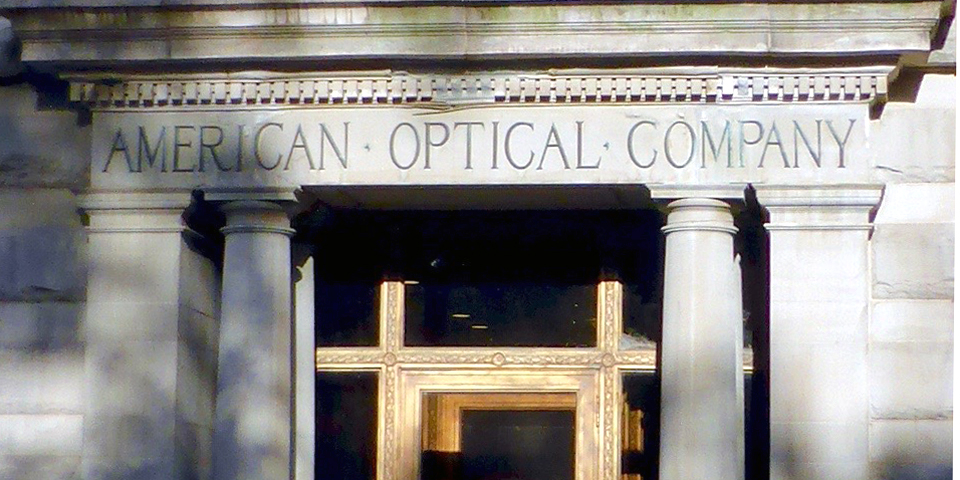
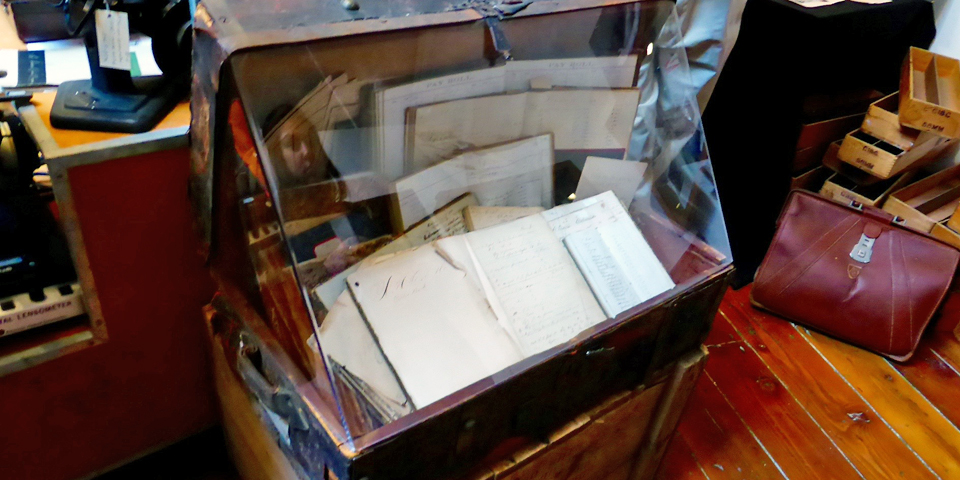
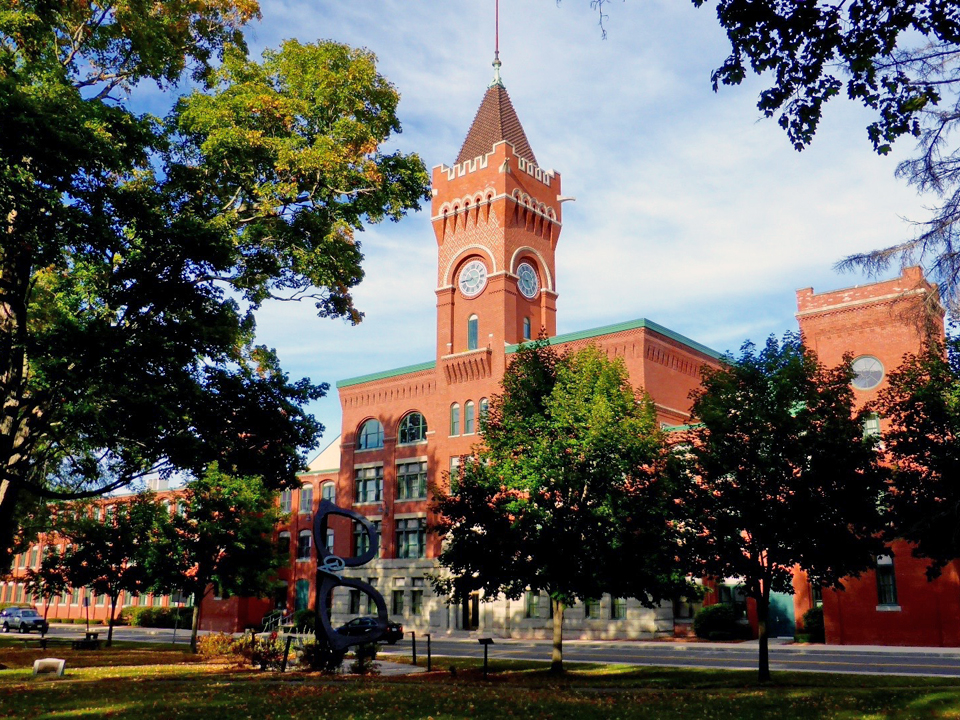
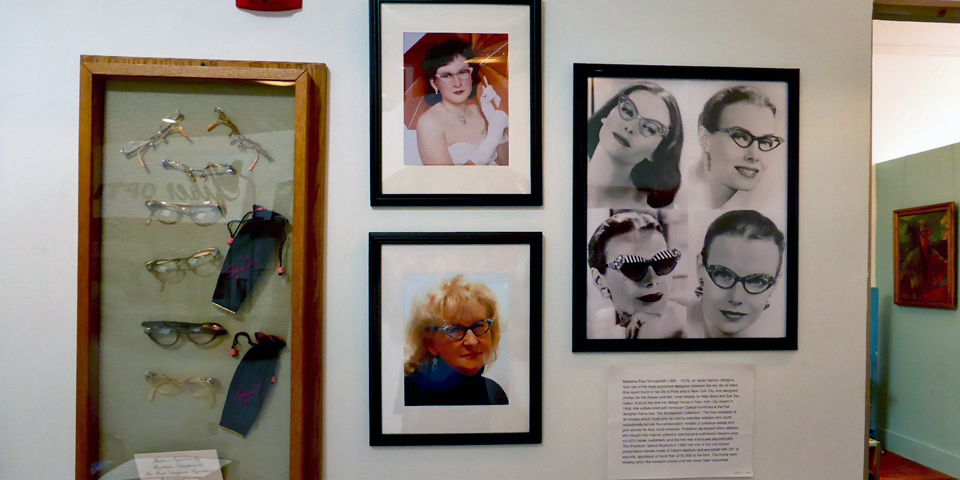
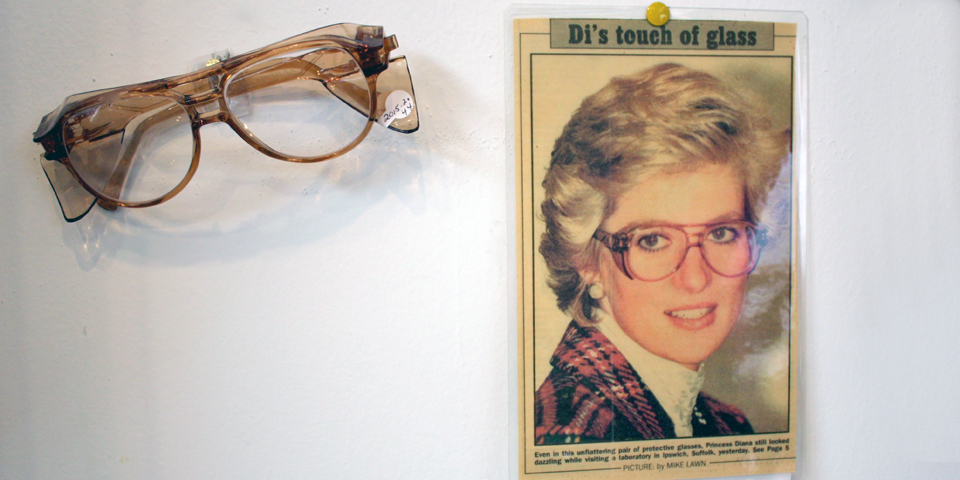
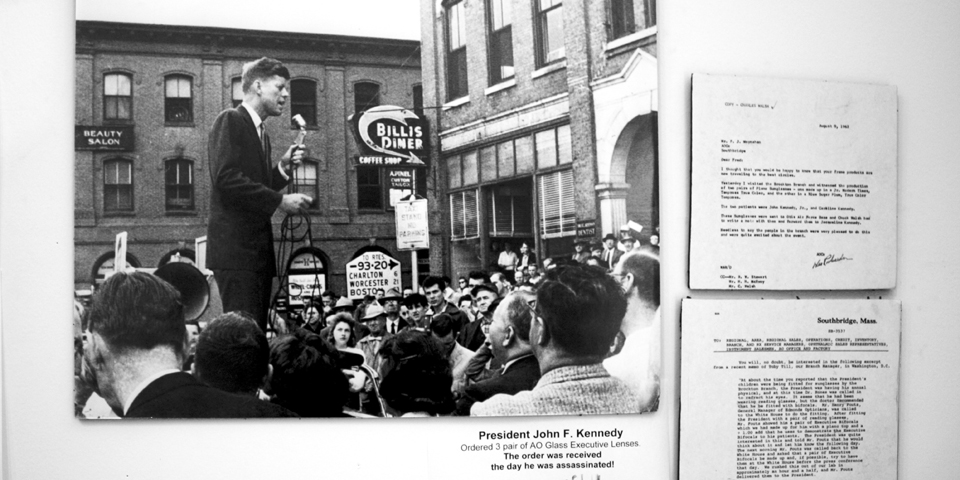
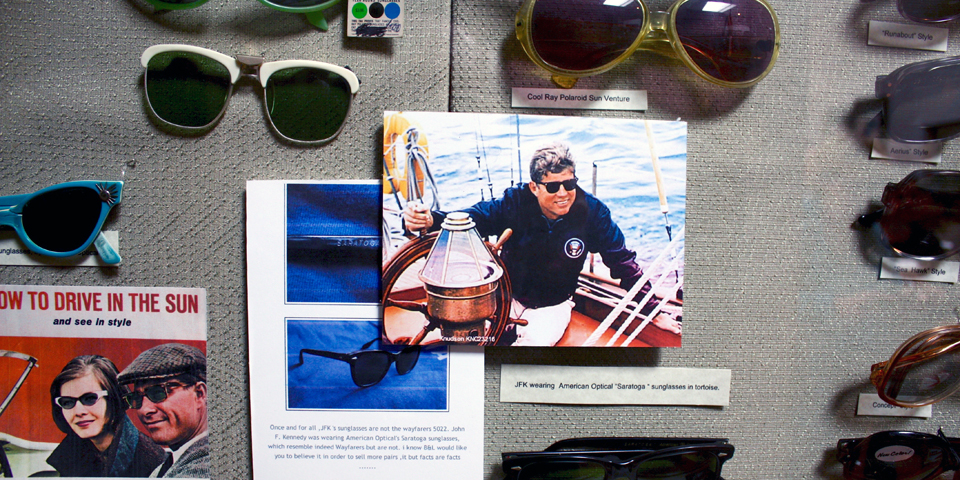
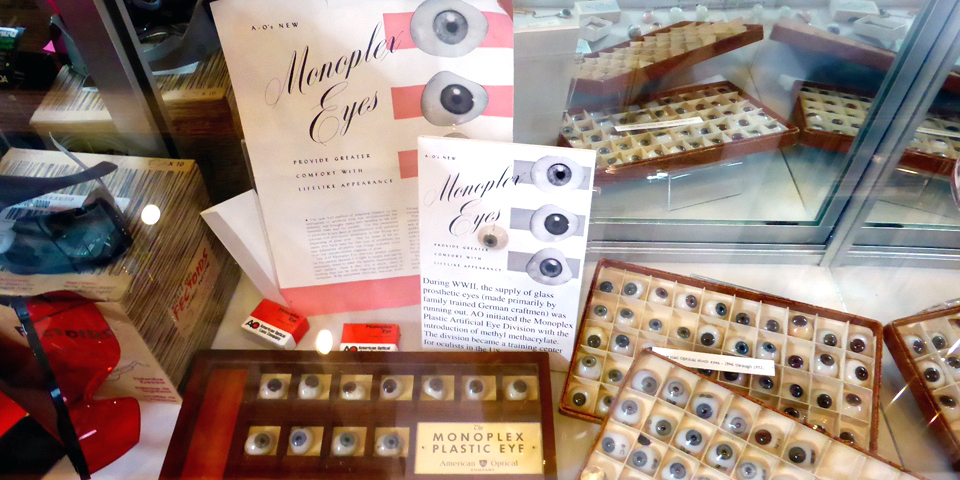
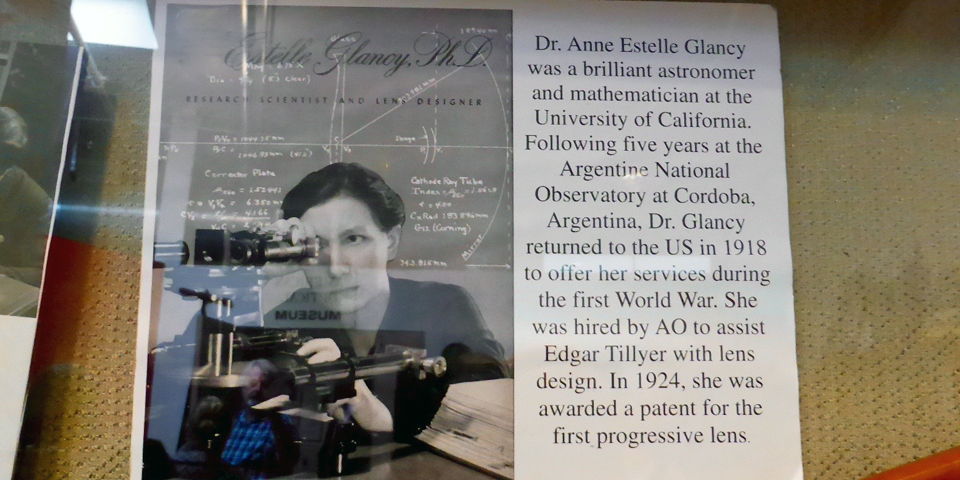
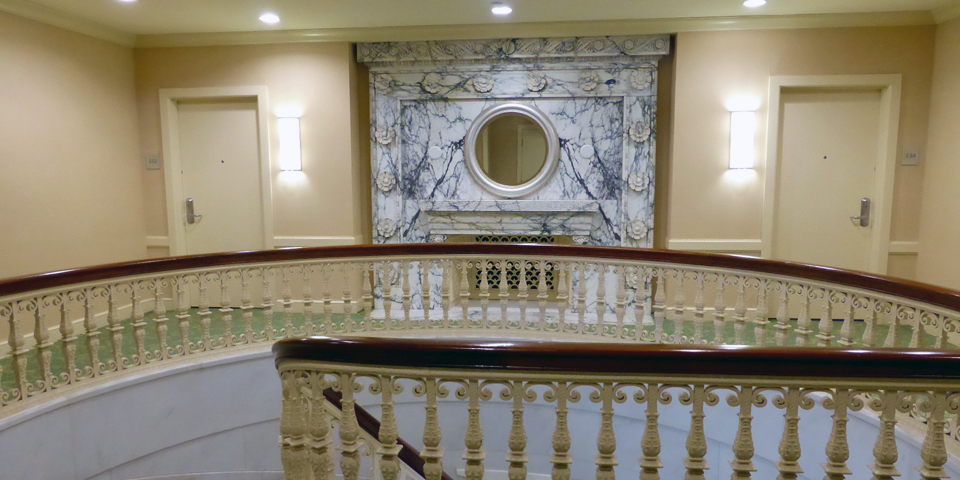

Dear Sir,
Opticians since 5 generations , we have very old machine in our shop of Nice.And also very old glasses from one century.
May be your museum or archives would be interested to buy them?
Sincerely
Julien
+33493852205
Optique Lançon Oculariste
32 rue Hôtel-des-Postes
06000 Nice
tel: 04 93 62 18 02
Please contact the museum directly for information. https://www.opticalheritagemuseum.com/
I have some old glasses that I would like to see if you all know the history or what they were used for. Where could I send the picture to?
You might want to send an email and photo to info@opticalheritagemuseum.com to see whether they can help you.